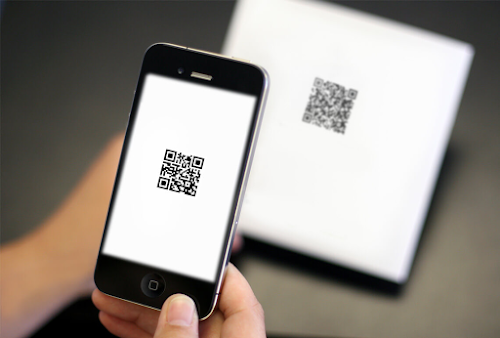The most important component that powers up a Smartphone is the battery. Battery fuels us to perform the various task in Smartphone, Tablets, Laptops & Other Electronic Gadgets. So in this article let's take look at the two most popular types of batteries that are used in Smartphones & Laptops. Let's also understand the working principle and the differences between the Lithium Ion & Lithium Polymer.
How Does Lithium-Ion Battery Work
Lithium-Ion Batteries have high energy-densities and cost less than lithium-polymer batteries. In addition, they do not require priming when first used and have a low self-discharge. However, lithium-ion batteries do suffer from aging – even when not in use.
Like any other battery, a rechargeable lithium-ion battery is made of one or more power-generating compartments called cells. Each cell has essentially three components: a positive electrode (connected to the battery's positive or + terminal), a negative electrode (connected to the negative or − terminal), and a chemical called an electrolyte in between them. The positive electrode is typically made from a chemical compound called lithium-cobalt oxide (LiCoO2) or, in newer batteries, from lithium iron phosphate (LiFePO4). The negative electrode is generally made from carbon (graphite) and the electrolyte varies from one type of battery to another
All lithium-ion batteries work in broadly the same way. When the battery is charging up, the lithium-cobalt oxide, positive electrode gives up some of its lithium ions, which move through the electrolyte to the negative, graphite electrode and remain there. The battery takes in and stores energy during this process. When the battery is discharging, the lithium ions move back across the electrolyte to the positive electrode, producing the energy that powers the battery.
How Does Lithium Polymer Battery Work?
A lithium-polymer battery (LiPo) is a rechargeable battery that, in the case of true LiPo, uses solid polymer for the electrolyte and lithium for one of the electrodes. Commercially available LiPo are hybrids: gel polymer or liquid electrolyte in a pouch format more accurately termed a lithium-ion polymer battery. Just as with other lithium-ion cells, LiPos work on the principle of intercalation and de-intercalation of lithium ions from a positive electrode material and a negative electrode material, with the liquid electrolyte providing a conductive medium. To prevent the electrodes from touching each other directly, a microporous separator is in between which allows only the ions and not the electrode particles to migrate from one side to the other.
Lithium-Ion Vs Lithium Polymer
The most significant difference between lithium-ion and lithium-polymer batteries is the chemical electrolyte between their positive and negative electrodes. In Li-Po batteries, it isn’t a liquid. Instead, Li-Po technology uses one of three forms: a dry solid, which was largely phased out during the prototype years of lithium polymer batteries; a porous chemical compound; or, a gel-like electrolyte. The most popular among these is the last one, which is the type of battery you’ll find in newer laptop computers, Powerbanks of good quality & some Smartphones. The catch is that plenty of companies are not actually selling you a true Li-Po battery, instead, it’s a lithium-ion polymer battery or a Li-ion in a more flexible casing.
Which one is better?
Both lithium-ion and lithium-polymer batteries have their pros and cons. Typically, the advantages of a lithium-ion are their high power density, lack of what’s called the memory effect (when batteries become harder to change over time), and their significantly lower cost than lithium-polymer. But, as anyone might have seen with the recent saga of a certain cellphone brand being banned from flights, lithium-ion batteries are inherently unstable, suffer from aging, and are potentially dangerous. If the barrier that separates the positive and negative electrode is ever breached, the chemical reaction can cause combustion (fire). As Li-ion batteries have become more popular in consumer electronics, businesses have tried to lower costs by cutting corners. While quality batteries are perfectly safe, you should always be careful when buying no-name brands or brands that are settled in the market as they are prone to use cheap quality batteries.
Lithium-polymer batteries, on the other hand, are generally robust and flexible, especially when it comes to the size and shape of their build. They are also lightweight, have an extremely low profile, and have a lower chance of suffering from leaking electrolyte. But lithium-polymer batteries aren’t perfect either: they are significantly more costly to manufacture, and they do not they have the same energy density (amount of power that can be stored). Also, a fact to note is that Lithium Polymer batteries are not user replaceable.
Both the Batteries have their pros & Cons but with electronics getting slimmer & slimmer day by day we are bound to see more and more Lithium Polymer batteries being used.
Stay Tuned for more updates & Allow Notifications to get notified whenever I post a new update.
image source:-Ravpower





The information in the post you posted here is useful because it contains some of the best information available. Thanks for sharing it. Keep up the good work PCB Clone Service
ReplyDelete